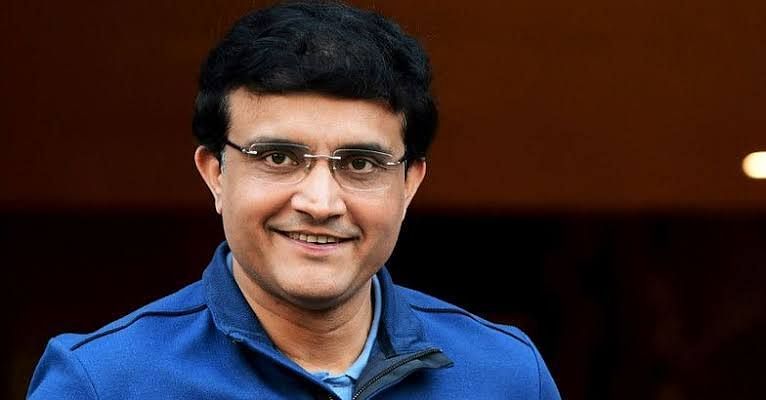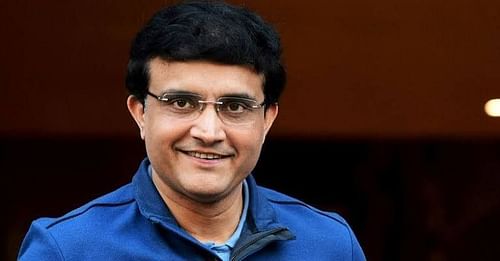
Indian Cricket: The shelf-life of a captain in cricket

While discussing leadership issues we often talk about different situations needing, almost demanding, different kinds of leaders. Wartime generals are required for inspired action, for taking the bull by the horn. Peacetime managers are brought in when you need to sustain a campaign.
Post the match-fixing issue at the turn of the century, Indian cricket needed a flamboyant, inspirational leader, not just to carry the team along but to convince the fans that they were out there doing their best. Sourav Ganguly was the right man and he was wonderful in transforming India from a defensive, uncertain side, especially overseas, into one that could win anywhere. By doing this, he brought the people back into the game and supporting the national side. In fact, you could say cricket in India recovered almost too quickly from match-fixing affair!
By 2005, India was respected around the world but Ganguly's own form was taking a dip and there was a feeling he might be a touch insecure. When the time came for a change, India found an outstanding peacetime manager in Rahul Dravid whose style was rather more low-key. Without making headlines for his leadership, he took India to victory in the West Indies in 2006 for the first time in 35 years, and in England in 2007 for the first time in 21 years. Ganguly and Dravid were the right people at the right time; one was a wartime leader, the other a peacetime manager.
So too were Anil Kumble and Mahendra Singh Dhoni. Kumble, with his dignity and stature and compulsive work ethic, was the right man for potentially draining tour of Australia in 2008.
The small town Dhoni was just about perfect to lead new India and it's aspirations which he could understand better than anyone else.Virat Kohli seems to possess the attributes that the go-getting generation transforming India can relate to.
Another example that illustrate this quite vividly was Australia's resurgence in the late eighties. In the mid-eighties, plagued by the mistrust that arose between the former Packer players and those that backed the establishment, and grievously injured by the rebel tours to South Africa, Australia had hit rock bottom in the world of cricket. Much to their discomfiture they were being beaten by their little cousin, New Zealand. Their captain, Kim Hughes, had tearfully resigned the captaincy.
Almost by default then, the mantle was delivered to a tough, stubborn back-room boy called Allan Border. With coach Bob Simpson and with a lot of help from the selectors, Border and Australia decided to rebuild on the 'attitude first' principle.
They selected mentally tough, proud cricketers, sometimes ahead of more gifted players who may not have had the right attitude. You could see that in the selection of people like Steve Waugh and David Boon who once, asked for an injury to be stitched up on the field rather than leaving it and giving away a psychological advantage.
Border's philosophy in Test cricket was understandably, geared towards not losing for he had seen enough of it. Australia battled hard, fielded brilliantly and were gritty rather than flair cricketers. By and by, the victories started to arrive. The World Cup of 1987 and the Ashes in 1989 had been important landmarks but Australia still couldn't beat the West Indies. Border had been part of too many losing campaign against them.
By 1993-94, it became apparent that Border was coming to the end of his career. The team was fairly stable now but the big win against the West Indies was still eluding them.
Australia's selectors then took the tough call and decided that Mark Taylor would replace Allan Border as captain on his retirement. Taylor was as different from Border as possible. He had always been captain of his side, enjoyed it and always looked to win. It helped him that he had inherited a fairly stable side but the mindset stilk needed a change. With Taylor's forward-looking, aggressive approach, Australia beat the West Indies for the first time in the Caribbean in 1995.
With Border and Taylor, and Ganguly and Dravid, it was the right man in charge at the right time. Had the order been reversed, Taylor in the mid-eighties and Border thereafter, Australia may not have been as well served.
Not surprisingly, therefore, leaders have a shelf-life. Ian Chappel thinks there is a voice inside that tells you when it is time to go. There comes a time when the speeches seem tired, the new ideas seem familiar and the tricks become repetitive. Sometimes pressure takes a toll and the leader can feel spent; that could start affecting his performance as a player. It is important to remember though that there is no formula for determining shelf-life.